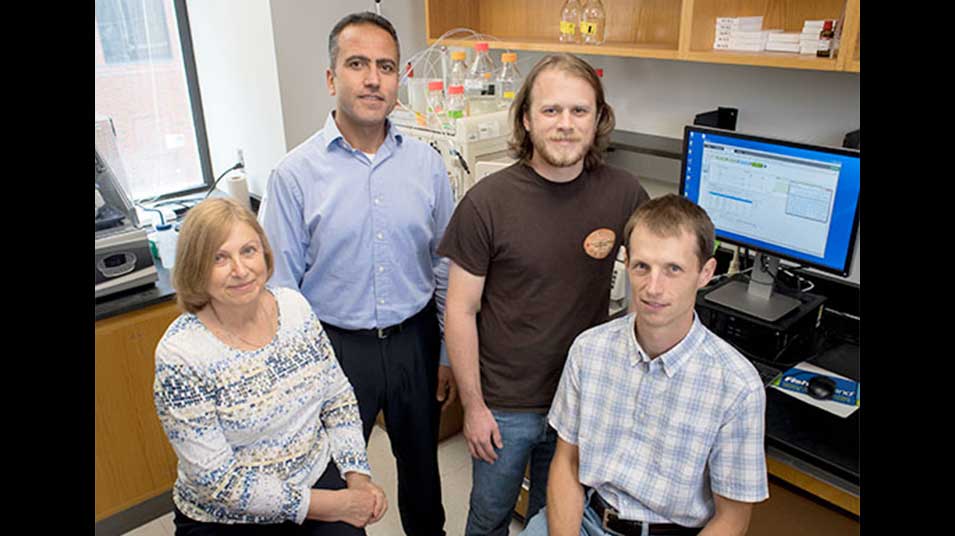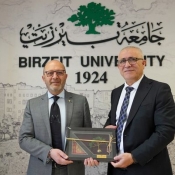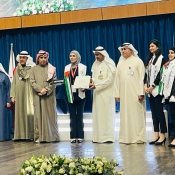Birzeit University alumni paves way for improved efforts to disarm the AIDS virus
Birzeit University graduate, Jamil Saad, an Associate Professor of Microbiology at the University of Alabama at Birmingham has solved the final unknown structure of the HIV virus can cause AIDS.
Dr. Saad and his laboratory members devised novel approaches and utilized state-of-the-art technology to determine the molecular structure of a protein called the cytoplasmic tail of gp41, which is the internal part of the virus spike responsible for allowing the virus to attach to receptors of healthy cells and cause AIDS.
The researchers believe that if this part of the viral cell’s assembly can be inhibited, the HIV virus will not be able to replicate and spread in the body.
Dr. Saad and his team were able to determine the virus tail’s structure after two years of hard and continuous work.
“This protein has been of interest for a long time, and nobody understands how it functions in infection or how it helps incorporate the envelope protein into new virions to become infectious,” Saad said.
This accomplishment, according to the researches, will help other scholars further understand how the virus infects human cells and how progeny viruses are assembled and released from infected cells. The researchers hope that this discovery will open up a number of new avenues of research into possible therapies and vaccines for HIV.
“If we are able to inhibit incorporation of the envelope protein into new virions, we will inhibit viral replication,” Saad said. “This would disarm the virus and prevent disease.”
Dr. Saad graduated from Birzeit University in 1996 with a BS degree in Chemistry, and worked with Dr. AbulLatif Abu Hijleh as a Research Assistant in 1996 before leaving the country to pursue his MS and Ph.D.
This work, which was supported by grants from the National Institutes of Health (USA), has been released for publication online in the Journal Structure on October 19, 2017.










